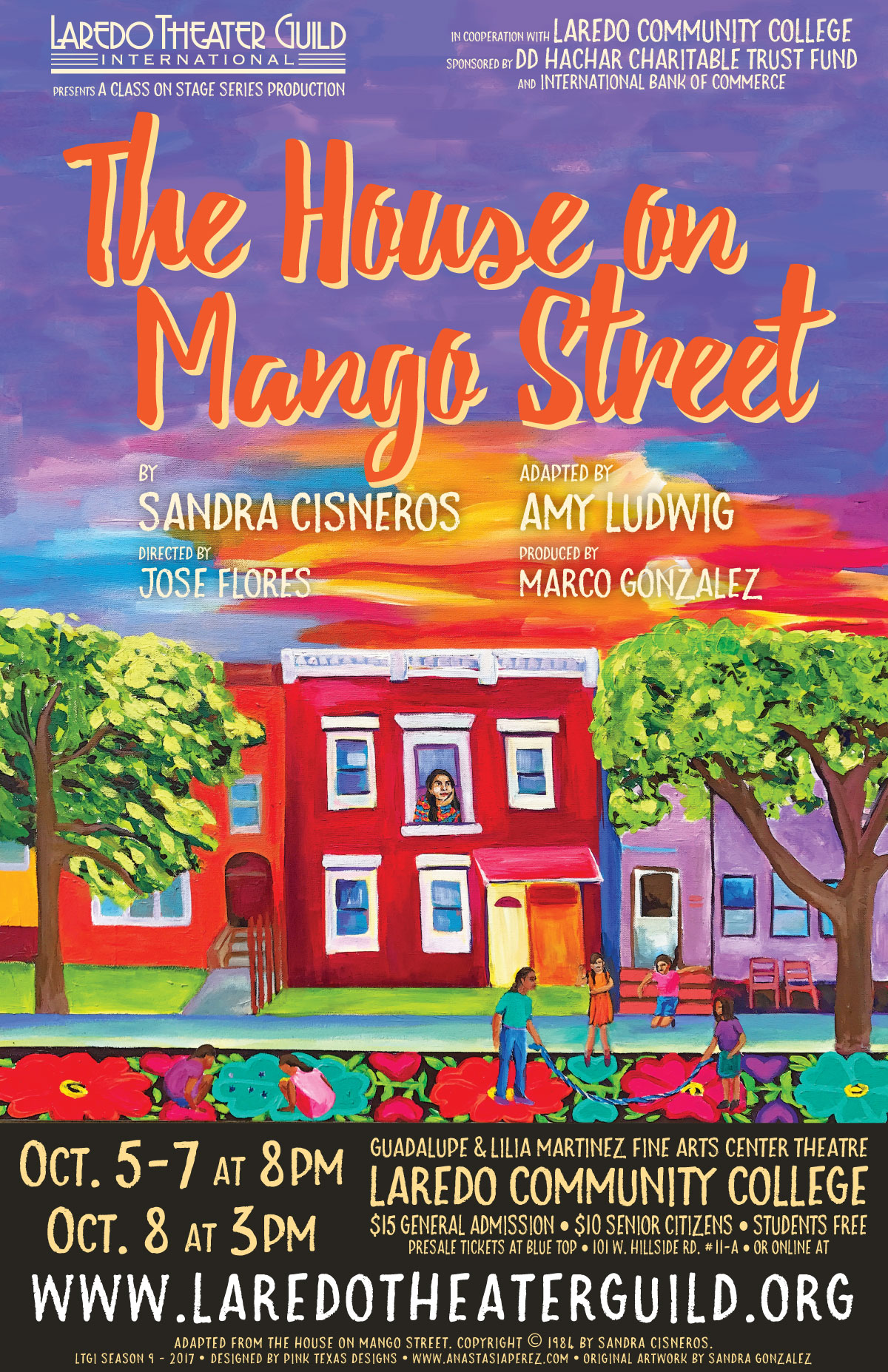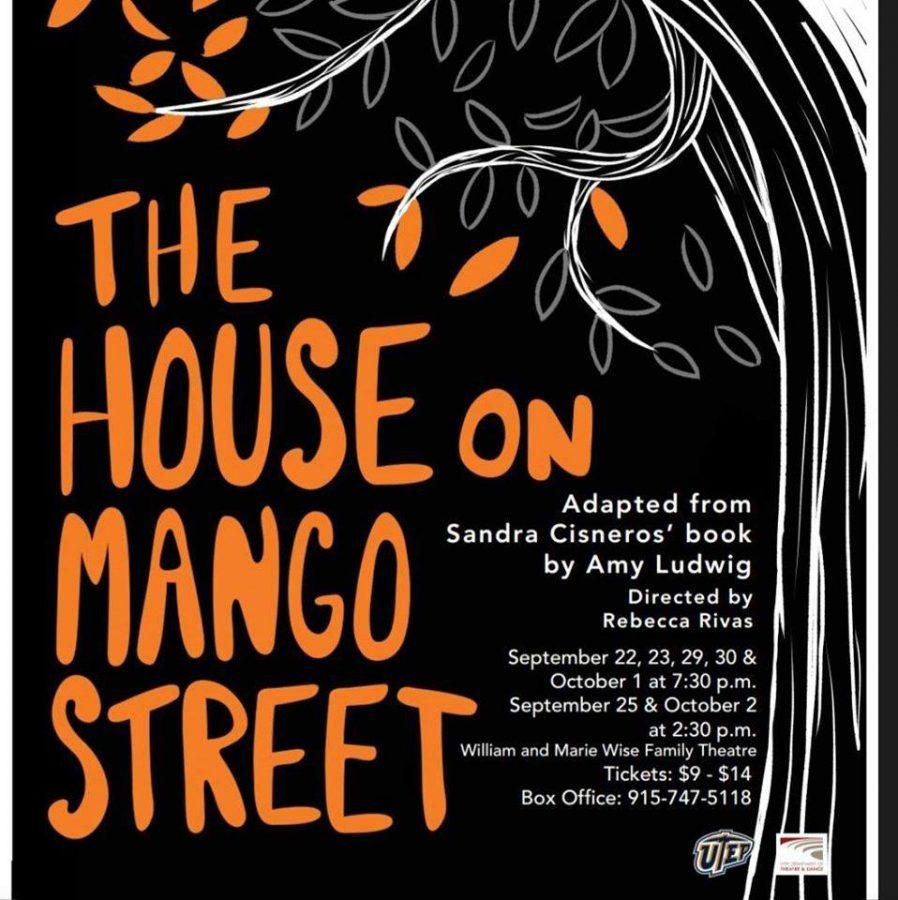

Both their protagonists (Esperanza in The House on Mango Street and Estrella in Under the Feet of Jesus) not only experience discrimination as Latinas at the hands of mainstream Anglo-American culture, but are also discriminated as women within Mexican culture, whose traditional gender roles leave little room for female self-identification. It is a much more complex issue that is rooted in a system that favors the upper class and bourgeoisie over the proletariat class in the case of living conditions.īoth Sandra Cisneros and Helena María Viramontes in their novels, The House on Mango Street and Under the Feet of Jesus, respectively, deal with the experience of growing up as a young Mexican-American woman in the United States.


This issue is related to Marxist theory however, the relationship between the upper class and proletariat is not easily defined. She tells of having to carry water in milk jugs to the washroom just to bathe.

" Esperanza gives an account of her family having to move frequently and how the last time in particular was a rushed move because of a plumbing issue and their landlord wouldn't fix it because the house was too old. For example, the issues of poverty appear within the first chapter " The House on Mango Street. Several uses of Marxist theory are present throughout the text. From the very beginning she begins with addressing issues of familial financial poverty, the bourgeois' instilment of the proletariat concept of and desire for " the American dream, " the poverty of the neighborhood, education as a means of hope, the inhumane treatment of immigrants, and misconceptions between different ethnicities of the proletariats. The House on Mango Street by Sandra Cisneros is heavily influenced by Marxist literary theory.


 0 kommentar(er)
0 kommentar(er)
